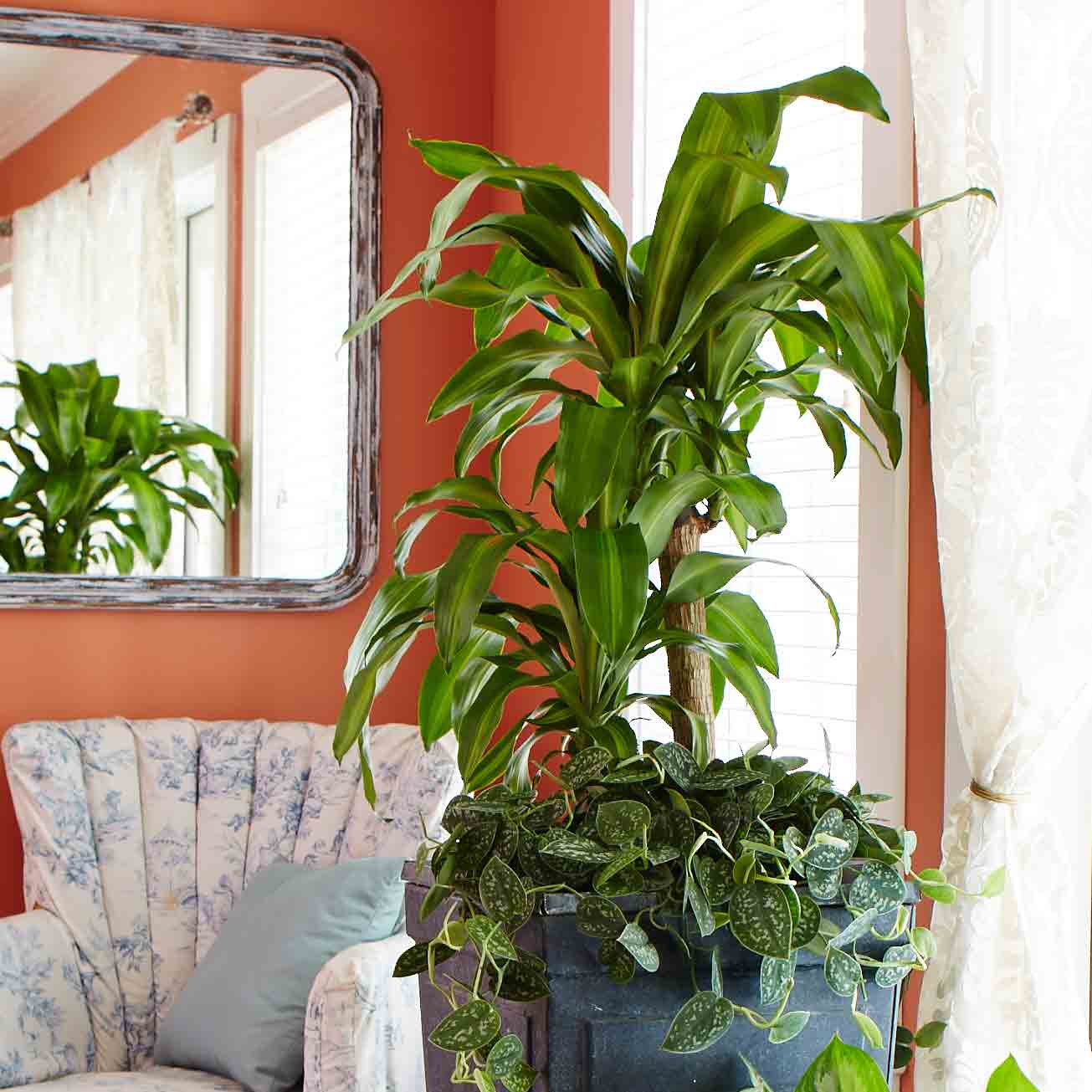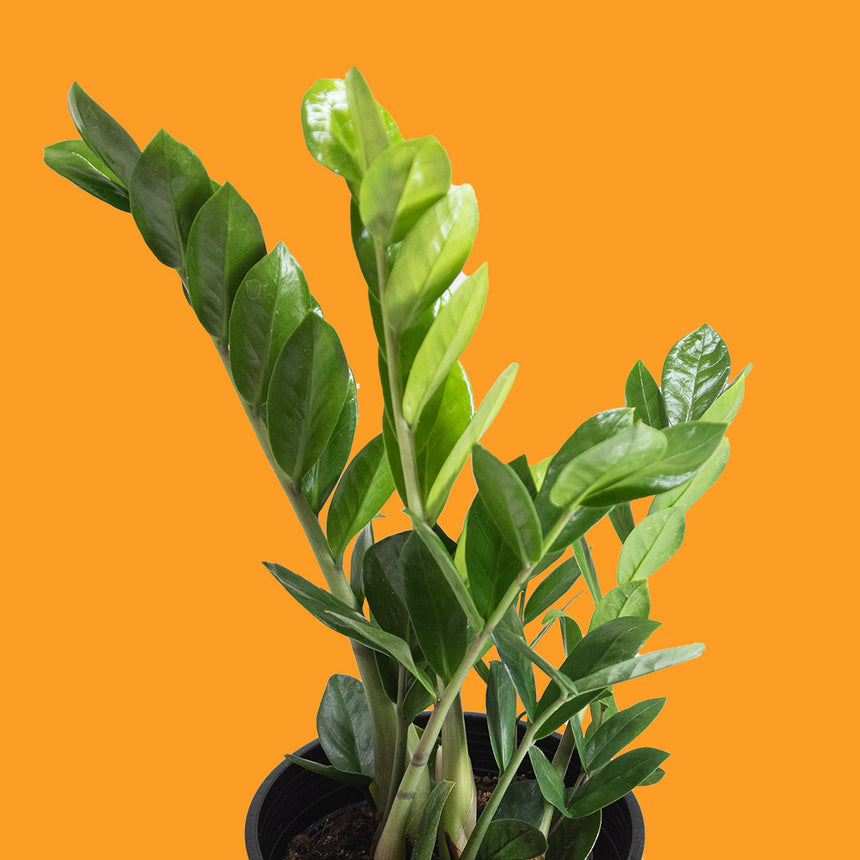Low Maintenance and Beautiful: Best Low-Light Indoor Plants for Your Home
Low Maintenance and Beautiful: Best Low-Light Indoor Plants for Your Home
Blog Article
Transform Your Home With Beautiful Low-Light Indoor Plants and Their Benefits
Integrating low-light interior plants right into your home can substantially boost both the visual and ecological top quality of your space. These plants, which prosper in dark conditions, offer not just as ornamental components but additionally as natural air purifiers, making them ideal for city dwellers or those with minimal sunshine exposure. As we check out the different kinds of low-light plants and their advantages, you might find surprising means to incorporate them right into your home that can change your environments in means you may not have actually anticipated.
Advantages of Low-Light Plants
Low-light plants provide numerous benefits for interior environments, making them a superb choice for both amateur and seasoned gardeners. One of the key benefits is their adaptability to low-light conditions, enabling individuals to boost their living rooms without the requirement for considerable sunshine exposure. This particular makes them optimal for apartments, workplaces, and other locations with minimal all-natural light.

Moreover, integrating low-light plants into home décor can raise the visual charm of a space. Their lavish foliage and differed structures develop a soothing atmosphere, adding to general well-being. The existence of plant has been linked to minimized anxiety degrees and boosted performance, making low-light plants a functional option for enhancing both physical and mental wellness in indoor settings.
Top Low-Light Indoor Plants
While lots of indoor plants flourish in bright light, numerous species are especially appropriate for low-light problems, making them ideal for different indoor areas. One popular selection is the Snake Plant (Sansevieria), known for its striking upright fallen leaves and resilience, calling for very little care. One more outstanding alternative is the Pothos (Epipremnum aureum), which includes heart-shaped fallen leaves and can track wonderfully from shelves or hangers, growing in reduced light and adding a lavish touch.
The ZZ Plant (Zamioculcas zamiifolia) is commemorated for its shiny fallen leaves and capacity to withstand neglect, making it ideal for active way of lives. In a similar way, the Peace Lily (Spathiphyllum) not just tolerates reduced light but additionally generates stunning white blooms, boosting any kind of room's visual.
For a distinct touch, consider the Cast Iron Plant (Aspidistra elatior), which without a doubt lives up to its name, prospering in the darkest edges of your home. The Chinese Evergreen (Aglaonema) supplies a range of leaf patterns and shades while being incredibly flexible in low-light problems. These plants not only enhance interior environments however likewise add to air purification, improving your space.
Care Tips for Low-Light Plants

Sprinkling techniques are essential; these plants typically choose a little completely dry problems. Overwatering can bring about root rot, so guarantee that the leading inch of soil is completely dry prior to watering once more. Use pots with drain holes to permit excess moisture to get away.
Moisture is an additional important variable. Many low-light plants, such as ferns and peace lilies, gain from higher humidity degrees. To enhance humidity, think about misting the fallen leaves or positioning a tray of water near the plants.
Fertilizing needs to be come close to with care. Throughout the expanding period, utilize a weakened, balanced liquid plant food on a monthly basis to support growth, however prevent fertilizing throughout the inactive cold weather.

Imaginative Ways to Display Plants
Indoor plants can work as captivating centerpieces in any type of area, boosting both aesthetic appeal and atmosphere. Imaginative displays can raise the visual influence of low-light plants, making them an indispensable part of your home style. One efficient technique is to use tiered plant stands, which permit you to display several plants at differing elevations while making best use of flooring area.
Hanging planters are an additional ingenious choice, developing a sense of deepness and drawing the eye upward. Think about macramé wall mounts or wall-mounted racks to introduce an unique appearance and design.
For an extra organized technique, use geometric terrariums or glass containers to house your plants, adding a modern touch to your interior hop over to these guys yard. You can additionally repurpose vintage items, such as teacups or wooden pet crates, for a diverse display screen that mirrors your individuality.
Enhancing Home Atmosphere With Plants
Incorporating low-light plants right into your home not only improves aesthetic allure however also adds substantially to the general atmosphere. These plants serve as natural decor aspects, presenting a feeling of tranquility that can transform any type of space. The existence of plant cultivates a relaxing ambience, which is specifically useful in high-stress environments such as home workplaces or living rooms.
Low-light plants, such as serpent plants, pothos, and ZZ plants, are not just visually pleasing however likewise enhance interior air quality by filtering system pollutants. This twin function enhances the ambiance better, creating a healthier space (Best low-light indoor plants). The critical placement of these plants can additionally affect the perception of area; for example, high plants can attract the eye upward, making ceilings appear greater and areas a lot more roomy
Moreover, varying structures and colors of vegetation add deepness to indoor style, permitting creative expression in home styling. Whether put on racks, in edges, or as focal points, low-light plants can raise the mood of any room. In summary, including these plants into your home is an effective means to cultivate a cozy, inviting atmosphere while enjoying the benefits of improved air high quality and visual versatility.
Conclusion
Integrating low-light interior plants right into home atmospheres offers numerous advantages, consisting of enhanced aesthetic appeal and enhanced air high quality. These resilient plants, such as the Serpent Plant and Tranquility Lily, require very little light and upkeep, making them suitable for varied way of livings. Their capability to filter pollutants adds Going Here to a healthier space, while their different textures and colors enrich interior style (Best low-light indoor plants). Eventually, the important site addition of low-light plants cultivates a tranquil and welcoming ambiance, changing any home right into a serene sanctuary.
While lots of interior plants thrive in brilliant light, numerous types are specifically appropriate for low-light problems, making them suitable for various indoor areas. One efficient approach is to use tiered plant stands, which enable you to showcase numerous plants at varying heights while taking full advantage of floor area.
Low-light plants, such as snake plants, pothos, and ZZ plants, are not just aesthetically pleasing however additionally improve indoor air quality by filtering contaminants. Best low-light indoor plants. The critical positioning of these plants can also influence the perception of area; for circumstances, high plants can attract the eye upward, making ceilings show up higher and areas extra spacious
These resilient plants, such as the Snake Plant and Tranquility Lily, need minimal light and maintenance, making them ideal for diverse way of lives.
Report this page